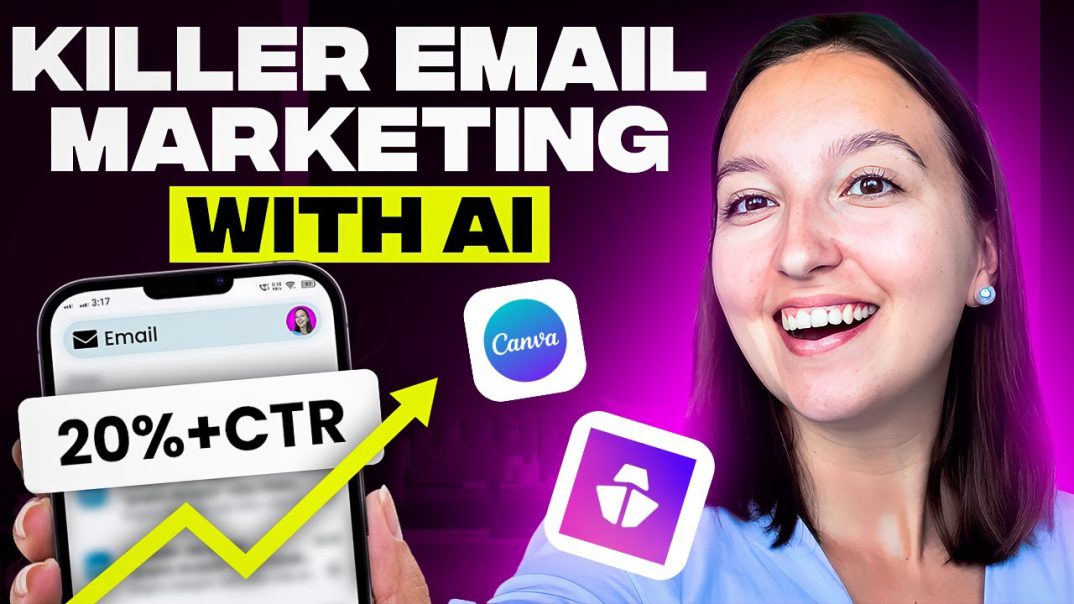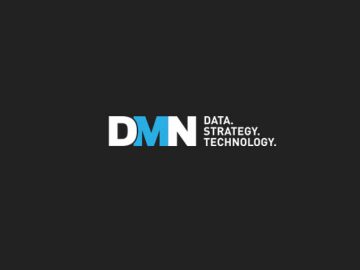Email marketing remains one of the most effective digital marketing channels, yet many marketers struggle to create relevant, engaging campaigns that cut through the noise.
Artificial intelligence (AI) presents a solution to amplify results by optimizing critical components like segmentation, personalization, and automation. Implementing AI can seem daunting, but when broken down into actionable steps, businesses of all sizes can transform their email marketing.
This guide will explore the key benefits of using AI for email campaigns, strategies to incorporate intelligent tools into your workflow, and use cases to target based on your business goals.
The Benefits of Using AI in Email Marketing
While AI may conjure images of a distant future, many practical applications already exist to improve email marketing. The right AI tools provide immediate opportunities to increase revenue while simultaneously saving staff bandwidth.
AI evaluates large datasets from customer interactions and third-party sources to identify meaningful segments and micro-segments. It tests variations of messaging to determine optimal content and offers for each segment, all at a scale hard to achieve manually.
List hygiene is vital for email success, and AI slashes resources spent manually scrubbing invalid emails. Automated remove requests, spam complaint monitoring, and inbox placement analysis help retain engaged subscribers and improve future deliverability.
Marketers work cross-functionally on design tasks, content writing, and data analysis. But for recurring email types like promotional, educational and transactional campaigns, AI can generate effective content variations or even full emails. Marketers then review and refine them, allowing more time for high-value testing and strategic work.
Overall, infusing AI into parts of your email workflow can drive faster creation and better-performing emails for a fraction of the time from your staff. Increased revenue and engagement per email enables you to grow your list faster through continued relevance to subscribers.
How to Incorporate AI into Your Email Marketing Strategy
Jumping straight in with AI sans strategy rarely generates meaningful improvements and risks wasted resources on trial and error tests. To translate increased data and computing capacity into true strategic value:
Understanding AI in Email Marketing
Like any effective implementation, first build foundational knowledge among stakeholders regarding realistic applications. Understand key terms – machine learning, deep learning, algorithms – and how email use cases apply them to uncover patterns and optimize actions. Consider investing in staff AI training courses to navigate this shift in marketing methodology.
AI Tools for Email Marketing
Numerous AI software tools exist for email marketers. Consider options based on factors like level of automation versus human oversight, third party platform versus software development environment, your organization’s data structure, and of course, price.
Though low code/no code options prevail, larger enterprises may benefit from custom solutions with added data security or algorithm transparency. Also consider faithfully tracking performance from the outset to evaluate impact over time.
Best Practices for Using AI in Email Marketing
Set success metrics aligned to your business goals and only deploy AI against well-defined use cases with sufficient volume. Focus initial tests on aspects that lack scalability manually, like A/B testing content that only senior resources can create.
Review AI-generated outputs initially before fully automating and be judicious sharing test samples to avoid confusing subscribers. Most importantly, give tests time for the algorithms to learn – 3 months or more – before evaluating impact.
Progressing through these foundational steps equips you to efficiently harness AI’s advantages for specific email marketing needs.
AI-Powered Automation Use Cases
While intelligent applications span end-to-end email processes, target pilot programs on the highest manual input areas. Three use cases offer sizable gains relatively rapidly:
Personalization and Segmentation
Static email blasts continue losing traction compared to relevant messages aligned to recipients’ demonstrated interests and behaviors. But segmenting beyond basic demographics requires digesting customer data AI can evaluate instantly.
It also generates more permutations of segmented content for A/B testing than is possible manually. Consider product recommendation engines or automatically populated dynamic content blocks based on previous site behavior.
Automated Content Creation
Recurring emails often relay the same types of information to subscribers. For example, cart abandonment reminders, post-purchase surveys, weekly company newsletters, and so on.
AI Content tools can generate full email drafts or modular content blocks based on templates which marketers then refine and approve. This preserves brand voice and nuance while drastically multiplying output.
Check out PopAi pro for AI-powered automated content creation to ensure all your email marketing campaigns are successful. With this writing tool, marketers can generate high-quality email copy and modular content blocks in a fraction of the time, while preserving brand voice.
It also features an AI detector that vets any generated text to ensure it meets originality thresholds before delivery. This combination of expedited creation and originality checking makes PopAi a leading solution for infusing artificial intelligence into recurring email types like promotions, newsletters, and drip campaigns.
Efficient List Hygiene
Email deliverability depends greatly on scrubbing invalid addresses and unengaged subscribers. Yet coordinating internal suppression lists, external blacklists, spam traps, engagement scoring, and monitoring unsubscribe requests requires extensive human hours, leaving gaps in coverage.
AI automation maintains clean, engaged lists using near instant response times across these areas so high quality contacts keep receiving your emails.
Conclusion
Using AI to increase email marketing performance may seem challenging amidst more pressing strategic objectives. But as illustrated above, targeted automation of specific bottlenecks provides rather immediate relief. Then building on initial successes, expand AI adoption across communication channels to drive scalable relevance that far exceeds current capabilities. The time is now to test pilot programs, evaluate real impact, and transform email marketing with artificial intelligence.
Email your news TIPS to Editor@kahawatungu.com or WhatsApp +254707482874




